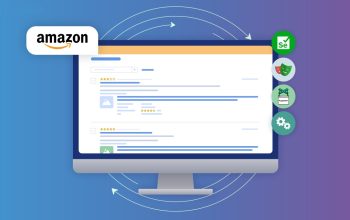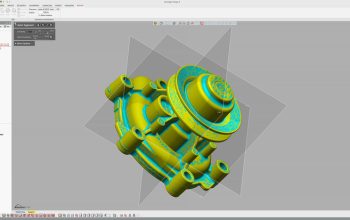Data science helps businesses quickly identify new customer opportunities, products and revenue streams efficiently. It allows organizations to effectively transform their business models.
Data scientists are responsible for extracting valuable business insights from large datasets using tools like R and Python as well as artificial intelligence and machine learning models.
Customer Relationship Management (CRM)
Data science involves gathering, organizing and examining massive datasets in unstructured formats in order to extract actionable insights. It requires advanced knowledge of mathematics, statistics and predictive analytics – along with advanced programming abilities – in order to create data models.
Data analytics specializes in business intelligence, extracting insights to inform decision making. Data science seeks to discover trends and patterns from past data that can predict future results – making it an invaluable field of study for businesses of all industries.
Although these two areas share similar core functions, their duties differ considerably in other respects. A data scientist typically works to make sense of large volumes of raw data by finding questions to pose to it, while analysts usually work on questions presented to them from business stakeholders. It can often be hard to distinguish one role from the other since both require a high level of expertise across a number of technical fields.
Marketing
Data science is the practice of turning raw information into meaningful, actionable insights for business use, using technology, statistics, and domain knowledge to find hidden patterns and correlations within data.
Business teams use data analysis techniques to develop models that help them gain an in-depth knowledge of customers, their behavior and preferences, which allows them to formulate tailored marketing strategies, provide enhanced customer experiences, and improve product offerings.
Predictive analytics also allows businesses to be proactive rather than reactive when it comes to future trends and challenges, helping minimize unexpected setbacks while seizing growth opportunities. A predictive maintenance model could predict equipment failures so companies could repair machines ahead of time to reduce downtime; optimizing inventory management, forecast demand and improving operational efficiency along the way. Likewise, sales performance models could help optimize incentive structures and target more effective goals for sales teams – helping increase sales while improving customer retention rates.
Sales
Data analysis helps businesses enhance customer experiences, boost conversion rates, and monitor key business performance indicators. It also enables them to gain a better understanding of customers’ needs and preferences and deliver tailored products and services that distinguish themselves from competitors.
Utilising data analytics, businesses can identify inefficiencies and optimize operational processes to drive revenue and growth. Leveraging insights from data-driven decision making allows businesses to identify new opportunities as well as potential risks.
To tap the potential of data, a company must first collect and integrate all required information. Once this step has been taken, they should then analyze it to uncover hidden patterns and trends using various tools and techniques such as descriptive analytics (summarizing historical data), diagnostic analytics (identify causes of past events), predictive analytics (forecast future trends), prescriptive analytics (provide recommendations for optimal actions), prescriptive analytics (prediction future trends), prescriptive analytics (providing recommendations for optimal actions), prescriptive analytics (provide recommendations), prescriptive analytics (providing recommendations), prescriptive analytics (providing recommendations), and prescriptive analytics (forecast future trends), with these insights easily conveyed to stakeholders via charts and graphs.
Operations
Analysis is key for improving efficiency and cutting costs within any company, whether through pinpointing areas for improvement and eliminating expenses that are no longer relevant, or making better decisions regarding resource allocation, workflow optimization or inventory optimization.
An organization driven by data can also use insights gleaned from its analytics to make strategic business decisions more reliably, without depending on intuition or guesswork for guidance. Such companies can identify trends and predict future events to anticipate customer needs and market shifts more effectively.
Businesses looking to take full advantage of data analytics require people with the necessary skill set. A data analyst works closely with business teams, anticipating questions and problems and identifying sources of data to address them. They utilize tools such as programming languages (like R or Python), statistical analysis, machine learning and data visualization in order to uncover meaningful insights that lead to solutions while communicating them to non-technical stakeholders.




